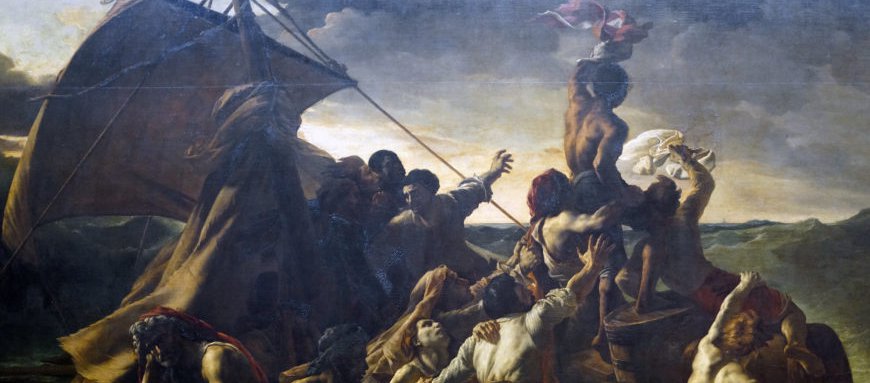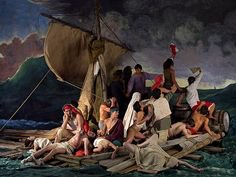Year 9 Art - The Raft of Medusa (1819) by Theodore Gericault

9th September 2022
Year 9 students are thrilled to be learning about some of the life events that occurred in art history in the 19th century.
The Raft of Medusa painting is one of the major events that occurred at that time.
The painting depicts survivors of a shipwreck adrift and starving on a raft. Gericault astonished viewers by painting, in harrowing detail, not an antique and noble subject but a recent gruesome incident.
The French Revolution greatly stimulated interest in the depiction of contemporary events, but, after the fall of Napoleon in 1815, few artists were disposed to depict such subjects. Gericault was something of an exception, but he was separated from his immediate predecessors both by temperament and by the sincerity of his approach. Individual suffering rather than collective drama is vividly portrayed in The Raft of the Medusa. The large painting (13.75 × 23.5 feet [4.91 × 7.16 metres]) depicts the aftermath of the 1816 wreck of the French Royal Navy frigate the Medusa, which ran aground off the coast of Senegal. Because of a shortage of lifeboats, some 150 survivors embarked on a raft and were decimated by starvation during a 13-day ordeal, which descended into murder and cannibalism. Only a handful remained when they were rescued at sea.
The shipwreck had scandalous political implications in France (the incompetent captain, who had gained the position because of connections to the Bourbon Restoration government, fought to save himself and senior officers while leaving the lower ranks to die) and so Gericault’s picture of the raft and its inhabitants was greeted with hostility by the government. The work’s macabre realism, its treatment of the raft incident as epic-heroic tragedy, and the virtuosity of its drawing and tonalities combine to give the painting great dignity and carry it far beyond mere contemporary reportage. The portrayal of the dead and dying, developed within a dramatic, carefully constructed composition, addressed a contemporary subject with a remarkable and unprecedented passion.
(https://www.britannica.com)
The painting is significant in the Year 9 Art lessons because students have the opportunity to discuss the changing role of artists in art history, for example, artists no longer had specific clients for their work. This was the start of the era of art exhibitions and journalistic art criticism.
Students also analysed how the artists explored the art elements, exaggeration of tone and the process of art making.
Some artists across the globe have attempted to recreate the painting using different media.
By Ms Onyango
Art teacher













